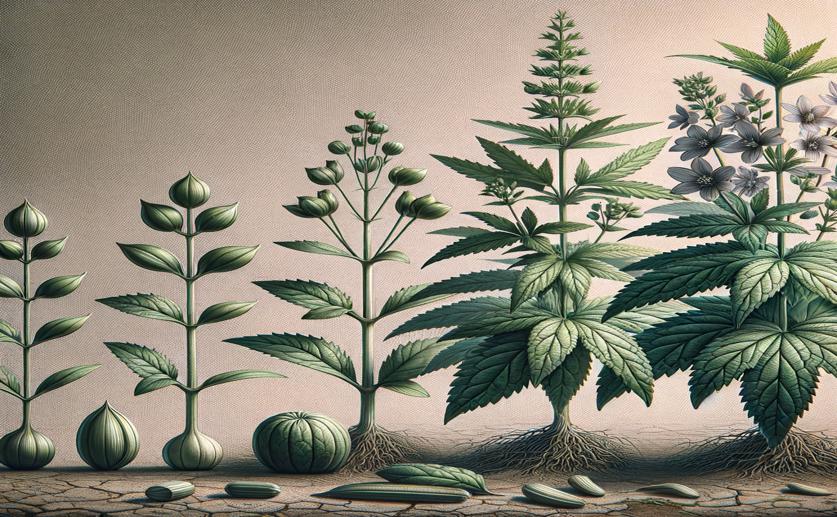
Understanding Growth and Chemical Changes in Medicinal Plants Over Time
Jim Crocker
4th May, 2024

Image Source: Natural Science News, 2024
Key Findings
- Researchers found the best time to harvest Astragalus roots for medicinal use is around November 6
- The study identified a key metabolite, isoliquiritigenin, that influences the production of beneficial compounds
- Optimal harvest timing could improve the effectiveness of Astragalus-based remedies
References
Main Study
1) Integrated phenotypic, transcriptomics and metabolomics: growth status and metabolite accumulation pattern of medicinal materials at different harvest periods of Astragalus Membranaceus Mongholicus.
Published 3rd May, 2024
Journal: BMC plant biology
Issue: Vol 24, Issue 1, May 2024
Related Studies
2) Aqueous Extract from Astragalus membranaceus Can Improve the Function Degradation and Delay Aging on Drosophila melanogaster Through Antioxidant Mechanism.
3) Astragalus mongholicus Bunge-Curcuma aromatica Salisb. suppresses growth and metastasis of colorectal cancer cells by inhibiting M2 macrophage polarization via a Sp1/ZFAS1/miR-153-3p/CCR5 regulatory axis.
4) Biosynthetic mechanisms of isoflavone accumulation affected by different growth patterns in Astragalus mongholicus products.



 19th April, 2024 | Jenn Hoskins
19th April, 2024 | Jenn Hoskins